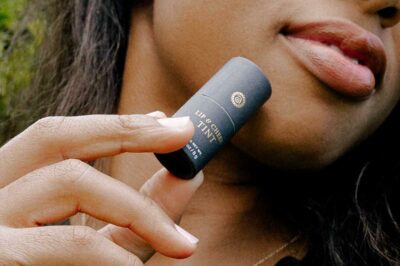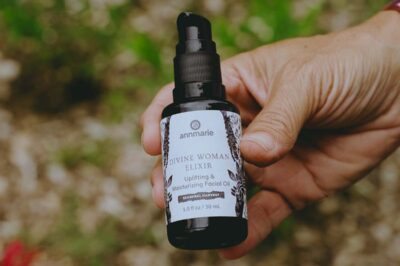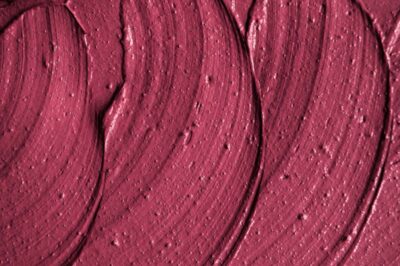Table of Contents[Hide][Show]
Do you have the following two preservatives in your moisturizing cream, anti-aging serum, mascara, or baby moist wipes?
- Methylchlorosothiazolinone (MCI)
- Methylisothiazolinone (MI or MIT)
If so, you may want to think twice about purchasing those products again. Dermatologists are warning about an increase in allergic reactions to these two chemicals. Many people have already suffered from redness, rashes, skin inflammation, blotchiness, burning, and itching.
If your wrinkle cream contains these preservatives,
think again about using it.
Rise in Allergic Reactions
According to a recent report in the Daily Mail, dermatologists are raising concerns about cosmetics that contain these two chemicals. Both are widely used to prevent the growth of microorganisms in cosmetic products, as well as in cooling units, industrial water storage tanks, and in paper manufacturing. It used to be that the risk of allergic reactions with them was low, but recent reports are showing a change.
Experts now say that MI is second only to nickel in causing contact dermatitis—a condition in which the skin becomes inflamed as a result of touching an allergic substance. Reactions can be immediate, but can also occur hours after application.
Dr. John McFadden, consultant at London’s St. Thomas Hospital, told the Daily Mail that the increase in allergic reactions to these chemicals is “one of the worst outbreaks of allergy to cosmetic products I have ever seen. There hasn’t been anything on this scale before. We just don’t know when it will peak.”
Studies Confirm Allergic Reactions
In addition to cosmetics and creams, you’ll also find MCI/MI in baby moist wipes and other moist toilet wipes. A 2013 study found that 3.8 percent of patients had a positive reaction, with nearly half suffering from dermatitis. The researchers noted that patients with dermatitis should avoid products with these preservatives.
An earlier 2010 study also reported that MCI/MI in baby wipes and moist towelettes was a cause of allergic contact dermatitis. According to the Daily Mail, after the European Commission approved the use of MI by itself in 2005, many manufacturers started using it at high concentrations, which may have contributed to the increase in allergies.
What Causes the Reaction?
Though scientists aren’t sure what causes skin allergies, they do know that certain substances can cause the immune system to overreact in some people. Typical allergens in cosmetics are fragrances and preservatives, but the recent uptick in sensitivity to MCI/MI is calling attention to these two preservatives, in particular. Two years ago, this allergy was rarely heard of, but now dermatologists estimate that one in ten of their patients with eczema or dermatitis are allergic to MI.
“The rate of rise is very steep indeed and is of great concern,” said Dr. David Orton of the British Society of Cutaneous Allergy.
How to Protect Yourself
Your best bet is to read ingredient labels and avoid those with these two preservatives. Check your body lotions, firming day creams, hand creams, shampoos, conditioners, and mascaras. Better yet, avoid synthetic preservatives on the whole.
Did you find these ingredients in any of your products? Please share your thoughts.
* * *
Sources
David Derbyshire, “How your wrinkle cream could destroy your skin: The chemicals in cosmetics that can trigger severe allergies,” Daily Mail, July 20, 2013, http://www.dailymail.co.uk/femail/article-2359596/How-wrinkle-cream-destroy-skin-Chemicals-cosmetics-trigger-severe-allergies.html.
Higgins E., et al., “Methylchloroisothiazolinone and methylisothiazolinone allergic contact dermatitis and the effect of patch test concentration,” Dermatitis, 2013 Mar-Apr;24(2):73-6, http://www.ncbi.nlm.nih.gov/pubmed/23474447.
Kevin H. Gardner, et al., “The Hazards of Moist Toilet Paper,” Arch Dermatol. 2010;146(8):886-890, http://archderm.jamanetwork.com/article.aspx?articleid=210124.







🙂 you are welcome.